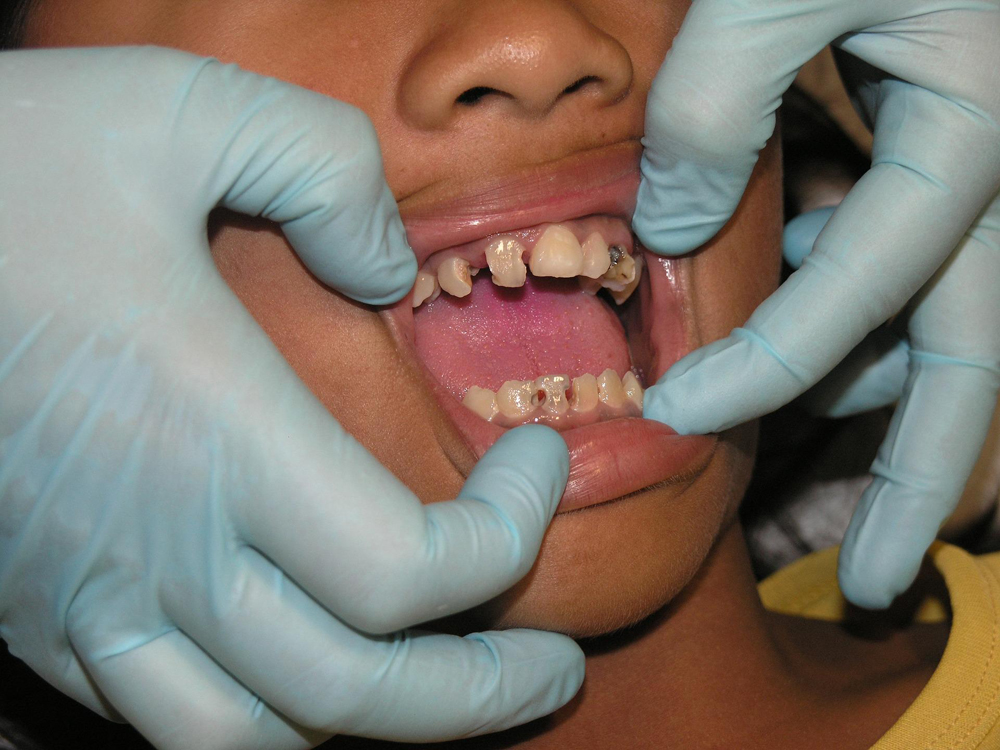Flexibility, Affordability, And Long Life Characterize Today’s Dental Crowns
Advances in materials have significantly improved Dental Crowns and made them a much more important part of tooth restoration according to Pinnacle Dental in Houston, Texas. Although the most common restoration method is a filling for a cavity, dental crowns are applicable for a variety of dental issues and have become a frequently used option. There are more types of dental crowns to choose from and they allow dentists to save a natural tooth, which is always the preferred path. A dentist would prefer to save a tooth than remove it.
Are Dental Crowns A Good Idea?
Yes. Tooth problems come in a variety of forms and a dental crown can be an excellent solution. A tooth with a large cavity may not be a candidate for a filling but could be saved with a crown. Teeth that are damaged or may need reinforcement are also good candidates for dental crowns.
How Long Do Dental Crowns Last?
Several factors can affect the lifespan of a dental crown. First, crowns in the back of the mouth are subjected to much greater stresses than crowns closer to the front of the mouth. And dental patients that are non-smokers with good dental hygiene should expect about 15 years of use. However, it is common for patients to have dental crowns lasting 25 to 30 years.
What Are The Main Types Of Dental Crowns?
- Gold crowns
- All Porcelain Crowns
- Porcelain Fused-to-Metal Crowns (PFM)
- Zirconia Crowns
How Much Does A Dental Crown Cost?
The cost will depend on the type of dental crown chosen, the location of the tooth, and the tooth issue being addressed. In general a dental crown will cost between $500 to $3000 per tooth. The porcelain fused-to-metal crowns have a narrower price range between $800 and $1400 per tooth.
Dental patients often find themselves debating the cost of a dental crown vs. the cost of pulling / removing the tooth? Removing a tooth is definitely cheaper but it is not the final cost. The patient will have to replace it with a tooth implant or some form of a denture device. Leaving a void after a tooth removal could lead to misalignment and chewing problems. And leaving a void is never a good solution from a medical standpoint or a cosmetic standpoint. Therefore dentists usually recommend tooth extraction as a last option. Keeping a natural tooth intact with some type of restorative method is the preferred option.
What Are The Alternatives To A Dental Crown?
Inlays
Inlays can be an option IF the area needing restoration is located at the top of the tooth.
Onlays
An onlay is a combination of inlay + crown. Most onlays fit inside the tooth (like a filling) and it fits on some portion outside and on top of the tooth (like an inlay). The onlay is bonded to the tooth with dental cement.
Porcelain Veneers
Porcelain veneers are thin, slightly curved coverings for the teeth. They are most often used for cosmetic purposes but on some occasions they can be used to reinforce some earlier minor tooth restoration.
As cosmetic dentists working in the Uptown and Galleria areas of Houston, Texas, we have seen patients from all walks of life. One thing they all want is a beautiful, healthy smile. A dental crown can offer a significant improvement in a person’s smile. A full set of teeth and a beautiful smile radiates self-confidence and health. An attractive smile plays an important part in the happiness and well-being of a person’s life. It gives the entire staff at Pinnacle Dental great satisfaction to see patients get more enjoyment out of life.

